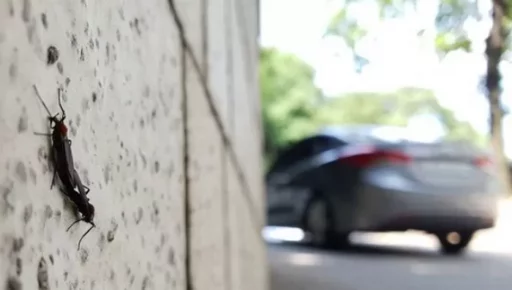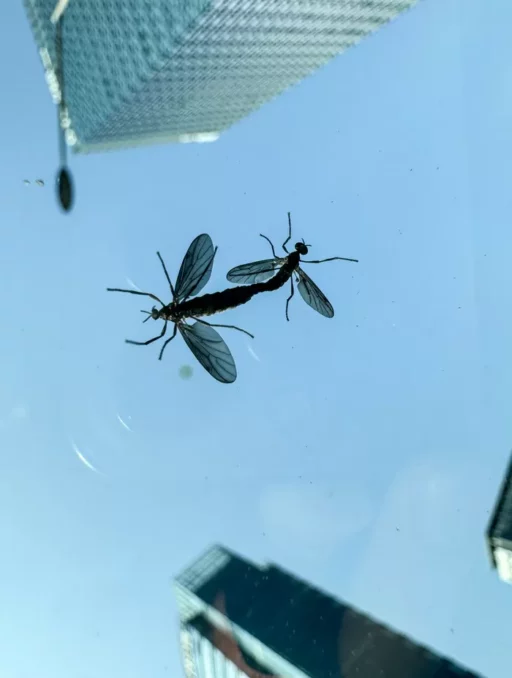Incheon Gyeyang-gu Complaints Surge 7 Times… Dramatically Decrease in July
"It's just not visible now; the real problem is next year."
"It's just not visible now; the real problem is next year."
The love bug (Plecia nearctica), which once rose to the status of an unwelcome summer visitor causing discomfort to citizens across the country, has recently vanished. However, experts say it is too early to breathe a sigh of relief.

Due to the ecological characteristics of love bugs, they remain in a larval state underground, and eggs laid this year could lead to a massive emergence next year.
According to the Incheon Gyeyang-gu Health Center on the 13th, the total number of complaints related to love bugs received in Gyeyang-gu last month was 473, more than seven times the 62 complaints from the same period last year.
However, from the 1st to the 11th of this month, the number decreased sharply to 31. A Health Center official explained, "Since the end of June, complaints have been dropping rapidly, and now only carcasses are left throughout the city."
Adults Disappear, but Larvae Remain… Potentially More Serious Next Year
Adult love bugs generally complete their short life cycle within a week between June and July and then disappear, but the problem lies in what happens afterward. According to the National Institute of Biological Resources, a single female lays 300 to 500 eggs and then spends a year in a larval state, eventually pupating into an adult the following year.

Dr. Kim Min-joong from the National Institute of Forest Science's Forest Pests and Diseases Research Division stated in an interview with a media outlet, "Although it seems like their activity has ended for now, most individuals are actually surviving underground in a larval state."
He continued, "We need to identify what environmental factors have increased the survival rate of love bugs this year, as there is a significant possibility of mass emergence again next year."
Limitations in Pest Control Due to Lack of Natural Enemies… Urgent Need for Biological Response
Although there have been posts online about sparrows and praying mantises preying on love bugs, experts say, "There are still no specific natural enemies that prefer love bugs."
Dr. Kim expressed concern to the media, stating, "While sparrows may eat a few, their impact on population control is limited, and spraying insecticides in natural forests could harm the ecosystem."
Consequently, the need for the artificial development of natural enemy organisms is becoming more critical.
Experts unanimously agree that we should not become complacent during this temporary lull and that preemptive pest control measures considering larval activity are urgently needed.
Image source: Love bugs / News1, News1, instagram 'kimlark34'


